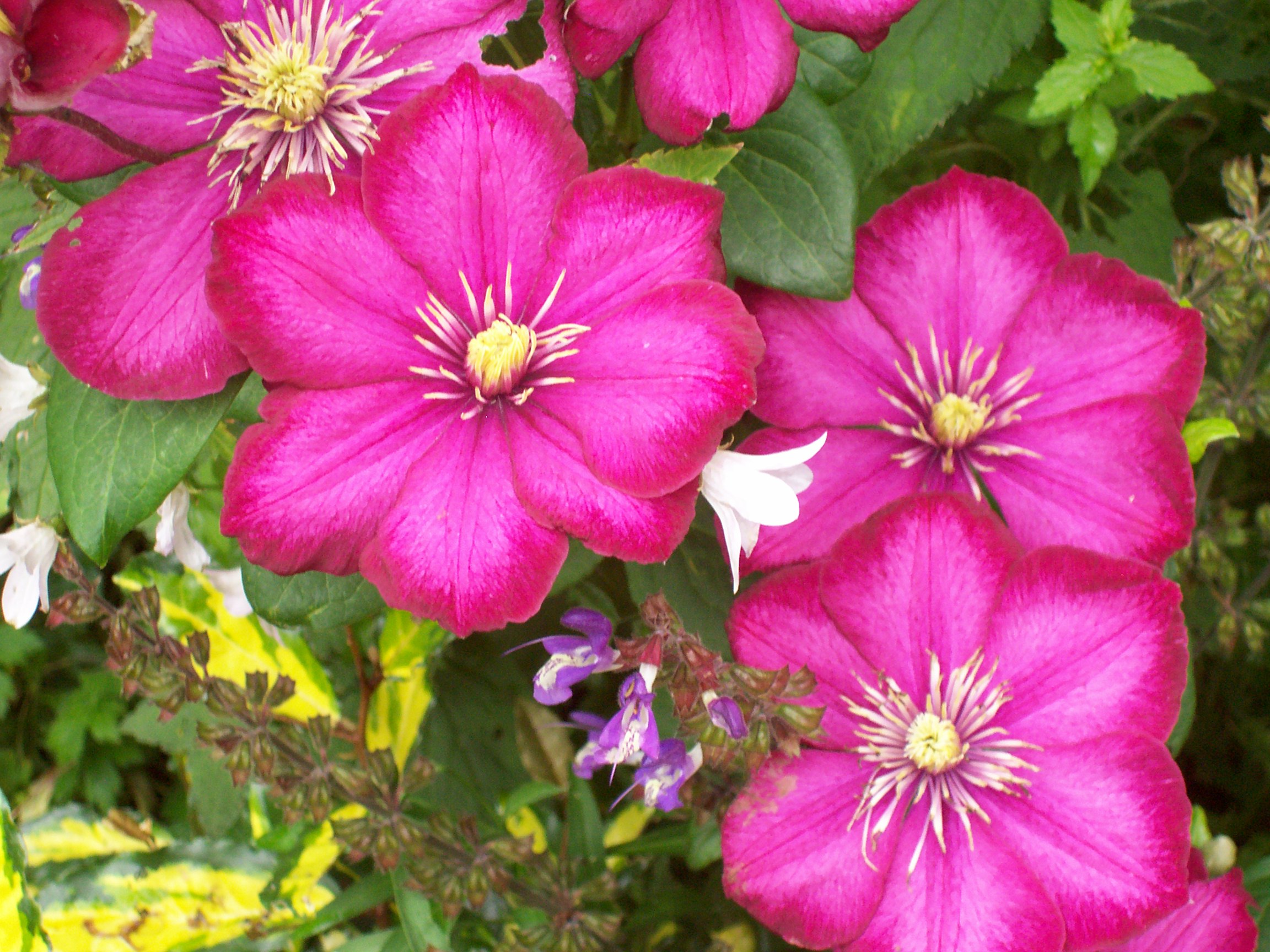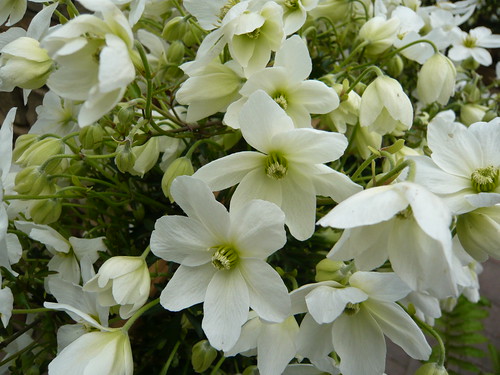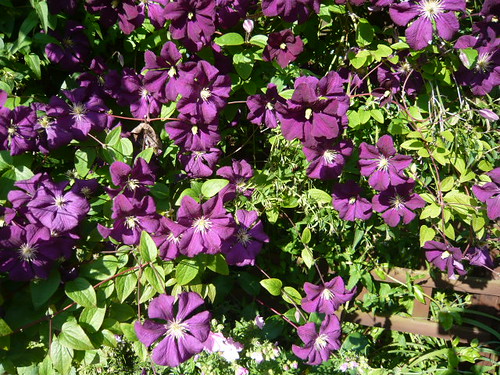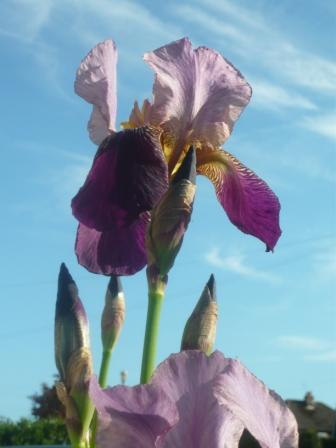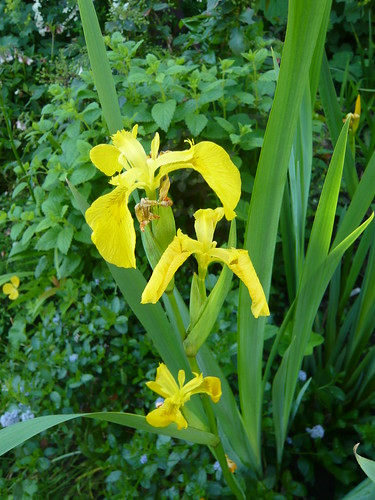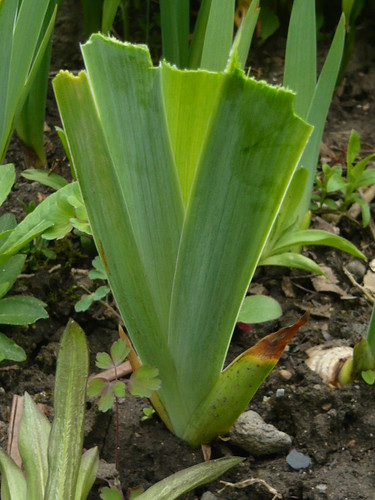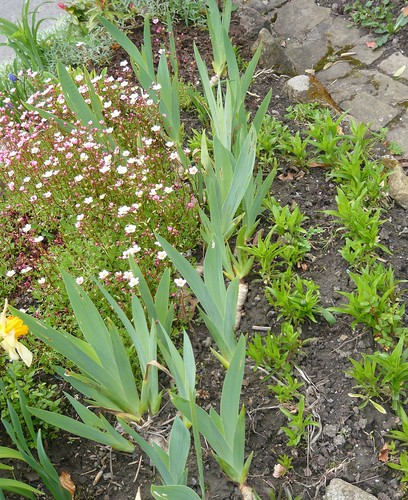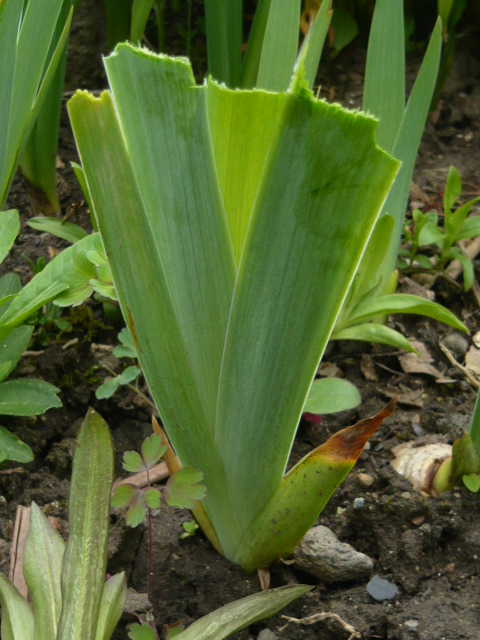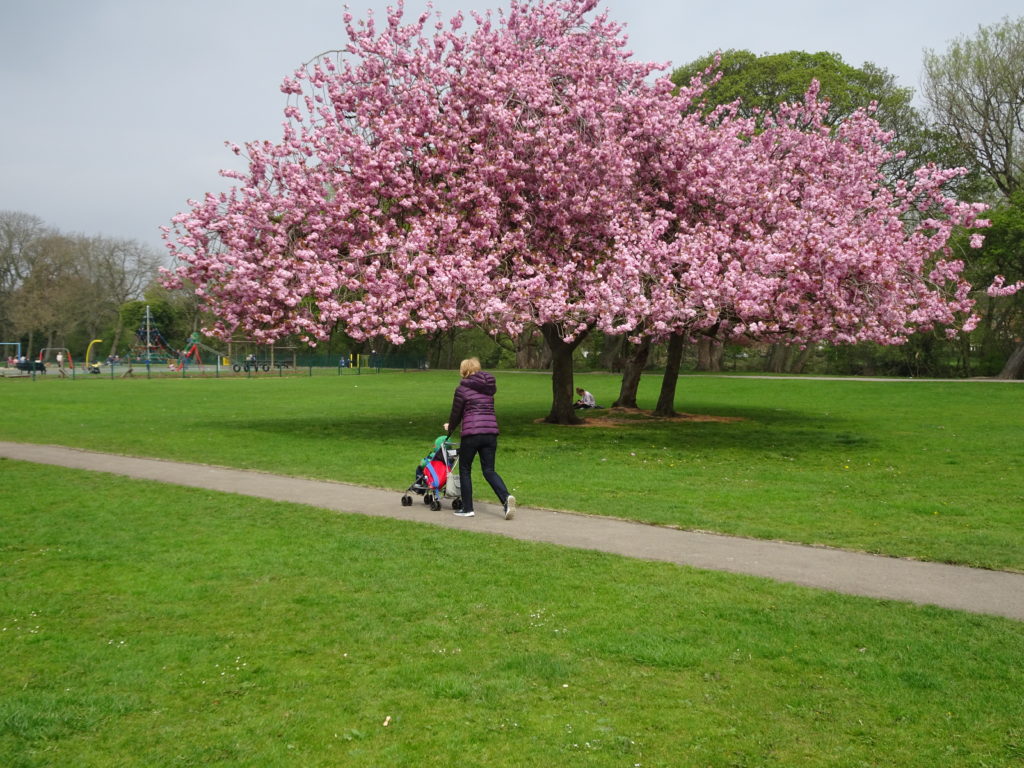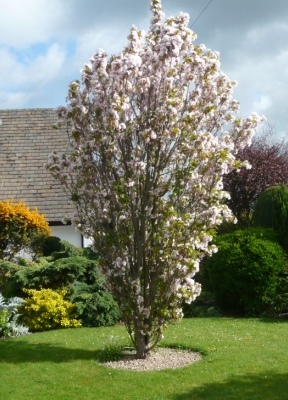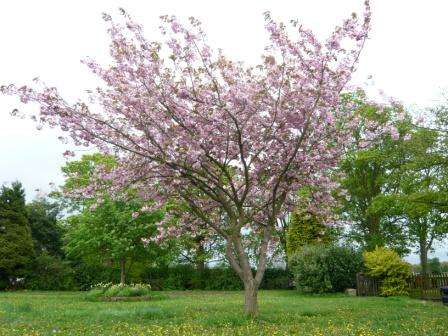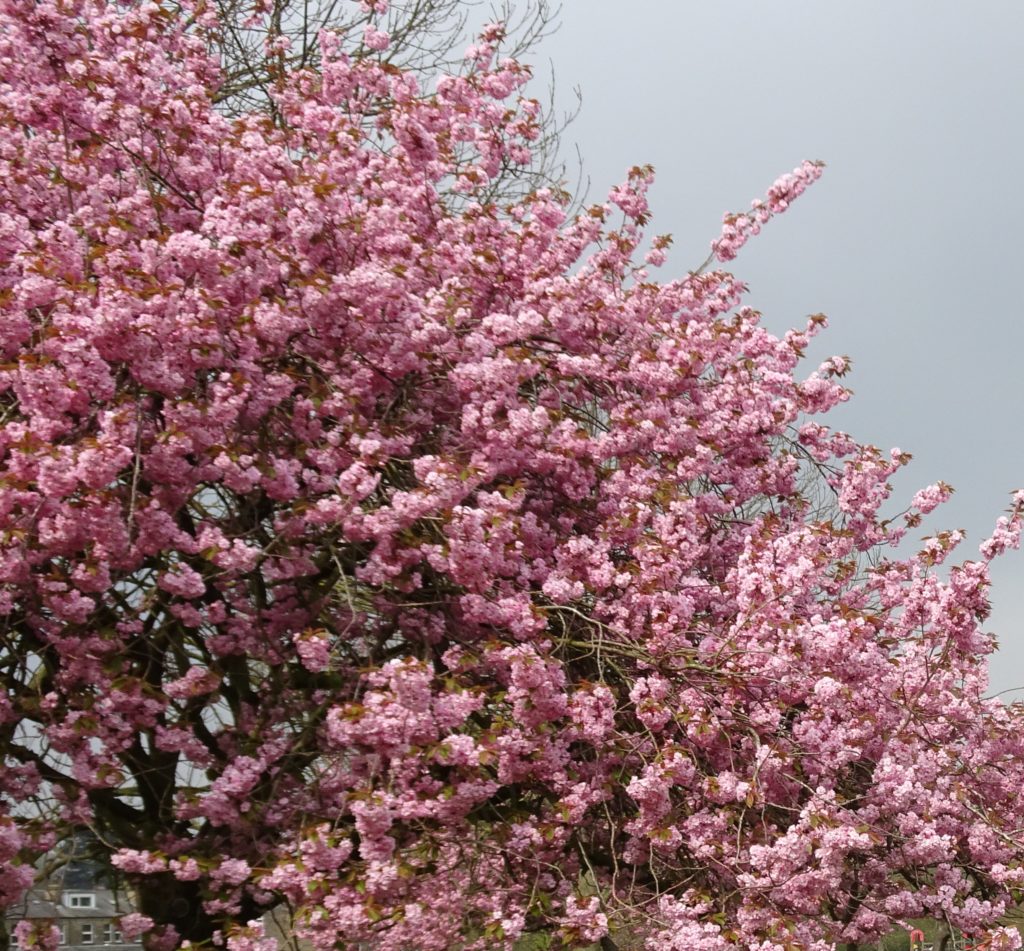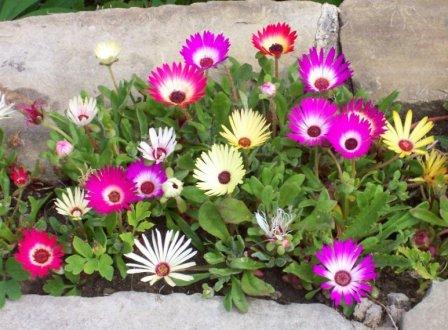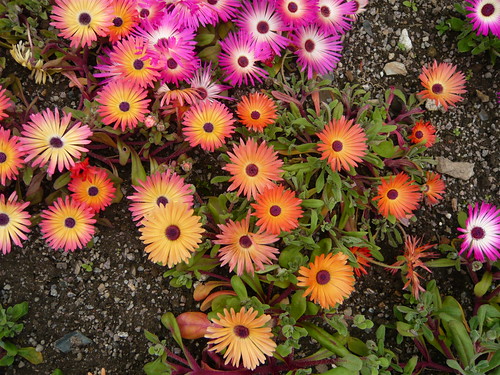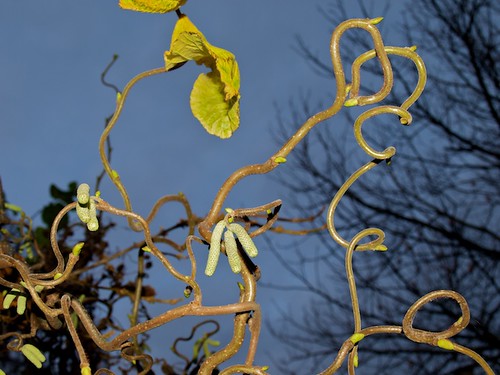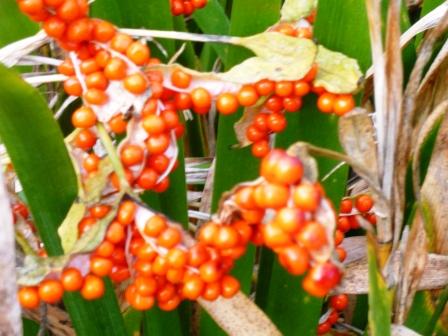Umbels for Herbs, Health & Display
The Umbels family are far from humble when grown well. When grown badly like Hemlock (conium maculatum) they are poisonous, even fatal but many species such as carrots, parsnips and fennel are edible or even medicinal. The Greeks and Romans knew a thing or too (until Hemlock killed Socrates)
Umbels flower in a parasol shape with short stalks of equal length rising from a common point opening to a flat or rounded spray.

Unusual Facts About Umbels
- A small umbel is called an umbellule
- Fatsia japonica has a globular umbel reminiscent of a golf ball.
- Sea Holly (Eryngeum) produces fruirlets rather than seed but is still a member of the umbel group of plants
- Umbellifers are mostly aromatic flowering plants of the genus Apium such as the celery, carrot or parsley family.
- Queen Anne’s lace is a development from the common carrot
- The first ‘Herbal’ describing umbels was credited in a ‘History of Plants’ believed to be written circa 300 BC.
- Coriander leaves produce cilantro which has strong antibacterial and fungicidal properties that helps kill Salmonella bacteria hence its use in food from hot climates
- The many herbs and ornamentals of the umbel family are not as well known as they should be.
Herbal Umbels in Medicine
- Â Traditionally many umbelifereous plants have been used in herbal medicine.
- One recurring use of plants from this group of plant is in treating digestive and stomach problems. Parsley, Dill, Fennel, and Lovage are well known in this respect
- Angelica, Wild Celery, Caraway, Coriander, Anise, Cow Parsnip and other plants are used for treatments and a range of medicinal claims, toothpaste, tisanes and poultices.
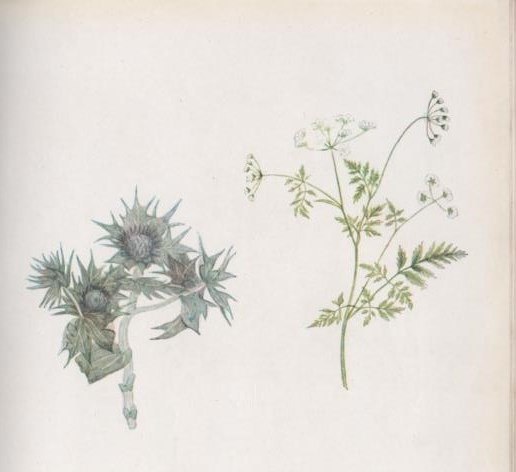
Sea Holly Hedge Parsley (Torilis japonica)
Ornamental Umbels and Uses
- The ferny foliage of umbelliferous plants looks attractive when combined in borders with more robust foliage even before the flowerheads are taken into account.
- See through backdrops and feathery borders can be included in your own bespoke garden design.
- I grow Angelica in my border and it is a robust plant that survives our northern climate.
- Many gardeners already grow Astrantia and Burpleurum a couple of other umbels without thinking of them as part of the carrot group.
- You could grow a whole bed of Eryngium species including, yuccifolium, alpinum, higanteum and variifolium
- Pennyworts or Hydrocotyle are useful in water gardens and the harder to find Oxypolis is used in wet land.
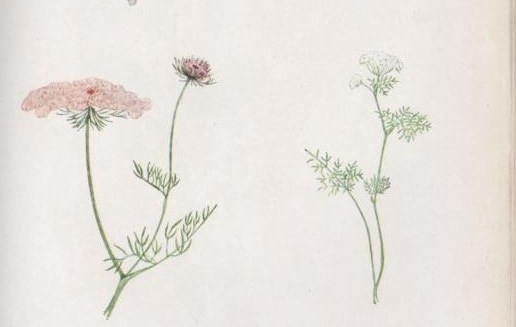
Wild Carrot Pig Nut (Conopodium majus)
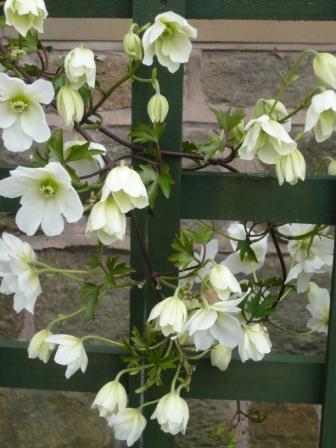 Positives for Clematis
Positives for Clematis